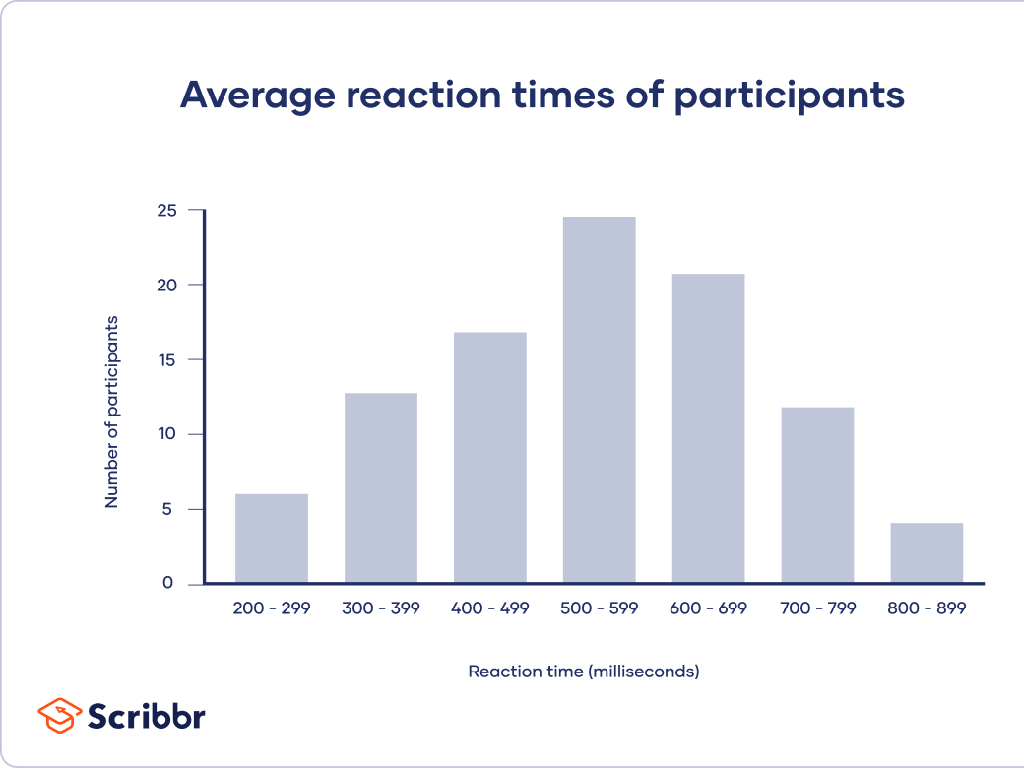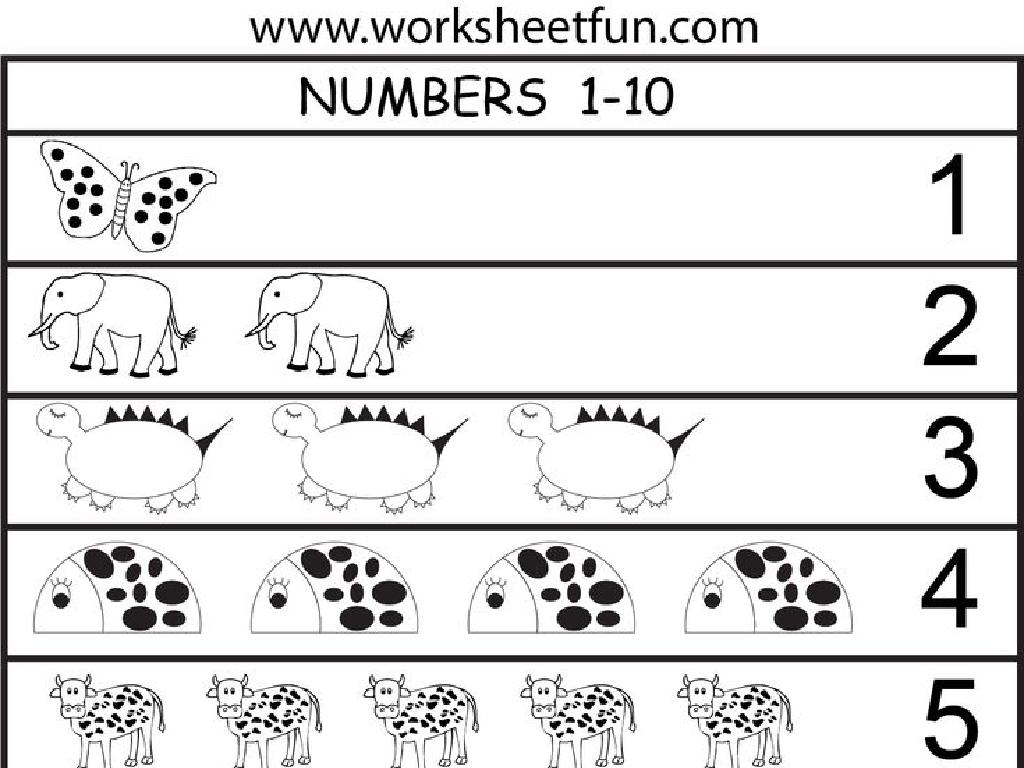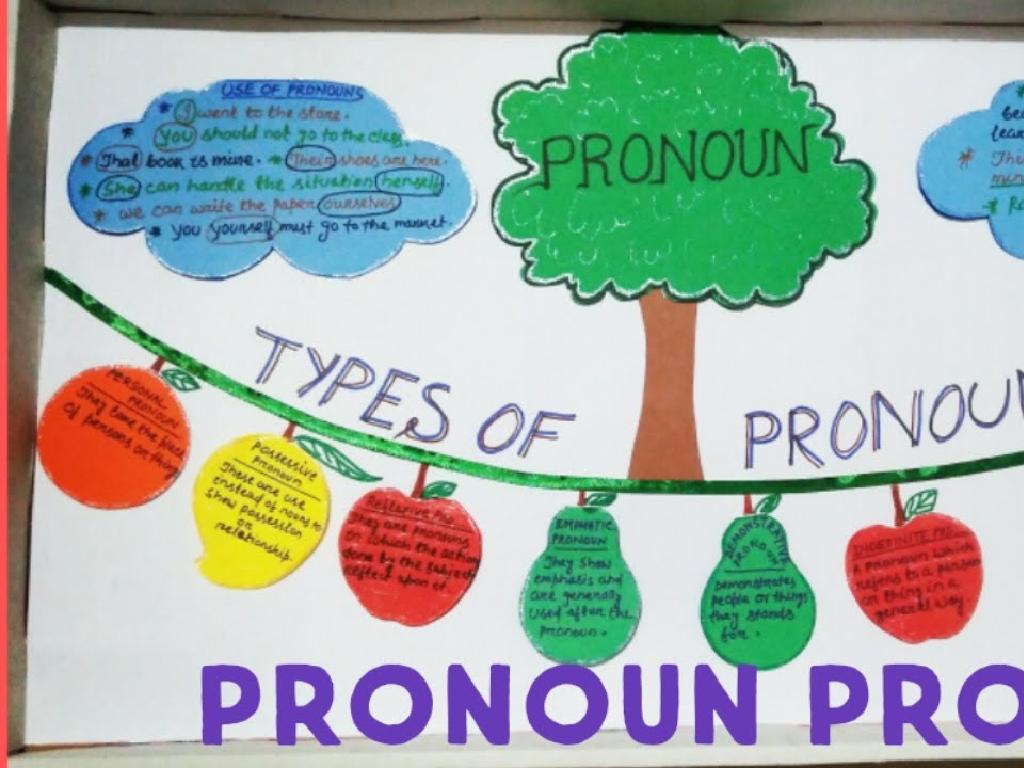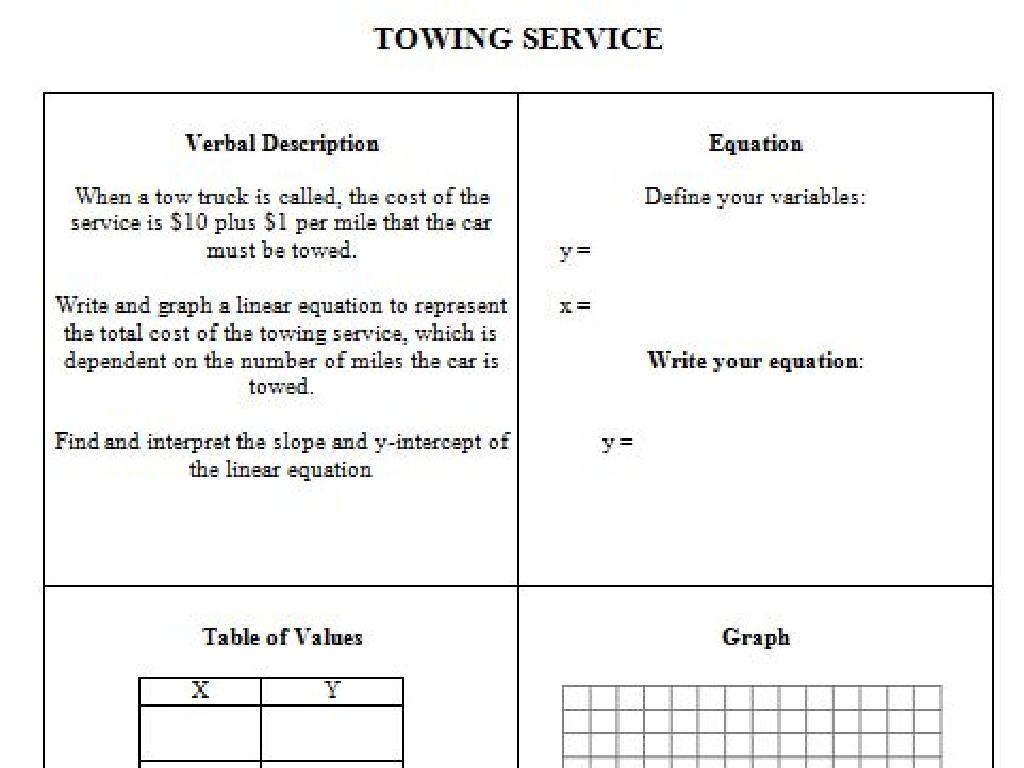What Does The Punctuation Suggest?
Subject: Language arts
Grade: Eighth grade
Topic: Restrictive And Nonrestrictive Elements
Please LOG IN to download the presentation. Access is available to registered users only.
View More Content
Restrictive vs. Nonrestrictive Elements
– Define restrictive elements
– Essential to the meaning of a sentence, cannot be removed without changing the sentence’s meaning.
– Define nonrestrictive elements
– Extra information that can be removed without altering the main meaning of a sentence.
– Punctuation’s role in meaning
– Punctuation like commas can indicate whether an element is restrictive or nonrestrictive.
– Examples: commas and meaning
– Compare: ‘Students who study hard get good grades.’ vs. ‘Students, who study hard, get good grades.’
|
This slide introduces the concept of restrictive and nonrestrictive elements in sentences, which is crucial for understanding how punctuation affects meaning. Restrictive elements are integral to the sentence’s meaning and are not offset by commas. Nonrestrictive elements provide additional information but are not essential, and they are usually set off by commas. Highlight how the presence or absence of commas can change the interpretation of a sentence. Provide examples to illustrate the difference and encourage students to create their own sentences to practice distinguishing between restrictive and nonrestrictive clauses.
Understanding Restrictive Elements
– Define restrictive elements
– Restrictive elements are essential to the meaning of a sentence and are not set off by commas.
– Sentences with restrictive clauses
– ‘The car that is broken is in the garage’ – ‘that is broken’ specifies which car.
– Commas and restrictive elements
– Restrictive elements are not separated by commas because they are crucial to the sentence’s meaning.
– Practice identifying restrictive elements
|
This slide introduces the concept of restrictive elements in sentences, which are essential to the meaning of the sentence and therefore are not accompanied by commas. Provide a clear definition and then show examples of sentences with restrictive clauses, highlighting how they narrow down the subject in a crucial way. Emphasize the absence of commas in these cases, as opposed to nonrestrictive elements. To reinforce learning, engage students in an activity where they identify restrictive elements in various sentences. This will help them understand the importance of these elements and how punctuation can change the meaning of a sentence.
Understanding Nonrestrictive Elements
– Define nonrestrictive elements
– Elements not essential to the meaning of a sentence
– Examples with nonrestrictive clauses
– ‘My bike, which is red, is new.’ The color is extra information.
– Commas and nonrestrictive elements
– Commas signal additional info that can be removed without changing the sentence’s meaning.
– Practice identifying nonrestrictive parts
|
This slide introduces students to nonrestrictive elements in sentences, which are additional pieces of information that are not essential to the core meaning of the sentence. Understanding how to identify and properly punctuate these elements is crucial for clear written communication. Use examples to show how nonrestrictive clauses are typically set off by commas. Emphasize that if you remove a nonrestrictive element, the sentence still makes sense. Encourage students to practice by finding nonrestrictive elements in their reading or creating sentences with nonrestrictive clauses.
Restrictive vs. Nonrestrictive Elements
– Compare restrictive and nonrestrictive
– Restrictive: essential info, no commas. Nonrestrictive: extra info, use commas.
– Punctuation alters meaning
– A comma can change a sentence’s meaning. Let’s see how!
– Interactive class discussion
– Share thoughts on how punctuation affects understanding.
– Analyze side-by-side examples
|
This slide aims to help students understand the difference between restrictive and nonrestrictive elements and how punctuation can change the meaning of a sentence. Restrictive elements are integral to the meaning of the sentence and are not set off by commas, whereas nonrestrictive elements add non-essential information and are typically separated by commas. During the presentation, provide clear examples showing how the presence or absence of commas can alter interpretation. Encourage an interactive discussion by asking students to provide their own examples or to analyze given sentences. This will help them grasp the concept more effectively and apply it in their writing.
Practice Time: Restrictive vs. Nonrestrictive Elements
– Identify restrictive or nonrestrictive elements
– Restrictive: essential to the meaning. Nonrestrictive: extra info.
– Add commas to sentences correctly
– Remember, nonrestrictive elements need commas around them.
– Explain your reasoning
– Think about whether the sentence changes meaning without the element.
– Share and discuss with the class
|
This slide is for a class activity focused on understanding and applying the concepts of restrictive and nonrestrictive elements in sentences. Students will practice identifying whether an element in a sentence is essential to the meaning (restrictive) or additional information that can be omitted without changing the sentence’s meaning (nonrestrictive). They will then add commas where necessary, based on their identification. Encourage students to explain their reasoning for each decision, fostering critical thinking. Finally, students will share their answers and discuss as a class, allowing for collaborative learning and clarification of any misunderstandings. Provide guidance and feedback throughout the activity to ensure comprehension.
Let’s Review: Punctuation and Clarity
– Recap: restrictive vs. nonrestrictive
– Restrictive elements are essential to the meaning of a sentence, while nonrestrictive elements add extra information.
– Punctuation’s role in clarity
– Correct punctuation helps distinguish between essential and additional information, avoiding confusion.
– Address remaining questions
– Use this time to clear up any confusion about the topic.
– Practice examples
– Let’s look at some sentences and decide on the correct punctuation together.
|
This slide aims to consolidate the students’ understanding of restrictive and nonrestrictive elements and the importance of punctuation in ensuring clarity in writing. Begin with a brief recap of the difference between restrictive (essential to the sentence’s meaning) and nonrestrictive (additional information) elements. Emphasize how punctuation, like commas, can change the meaning of a sentence and why it’s important to use it correctly. Open the floor for any questions students might still have to ensure they are clear on the concepts. Finally, engage the class with practice examples where they apply their knowledge to punctuate sentences correctly. This interactive review will help reinforce their learning and prepare them for more advanced writing tasks.
Class Activity: Punctuation Scavenger Hunt
– Find restrictive/nonrestrictive elements
– Look for sentences that change meaning with/without certain phrases.
– Use sticky notes for marking
– Each example you find, mark with a sticky note for discussion.
– Share findings with the class
– Be prepared to explain how the punctuation affects the sentence.
|
This activity is designed to help students identify and understand the use of restrictive and nonrestrictive elements in literature. Restrictive elements are essential to the meaning of a sentence and are not set off with commas, while nonrestrictive elements are additional information that can be omitted without changing the sentence’s meaning and are usually separated by commas. Have students pick their favorite books and find sentences that contain these elements. They should use sticky notes to mark the examples they find. During the next class, students will share their examples and discuss how the presence or absence of commas can change the meaning of the sentences. This will enhance their understanding of punctuation and its impact on sentence structure. Provide guidance on how to distinguish between the two types of elements and encourage students to explain their reasoning during the sharing session.






